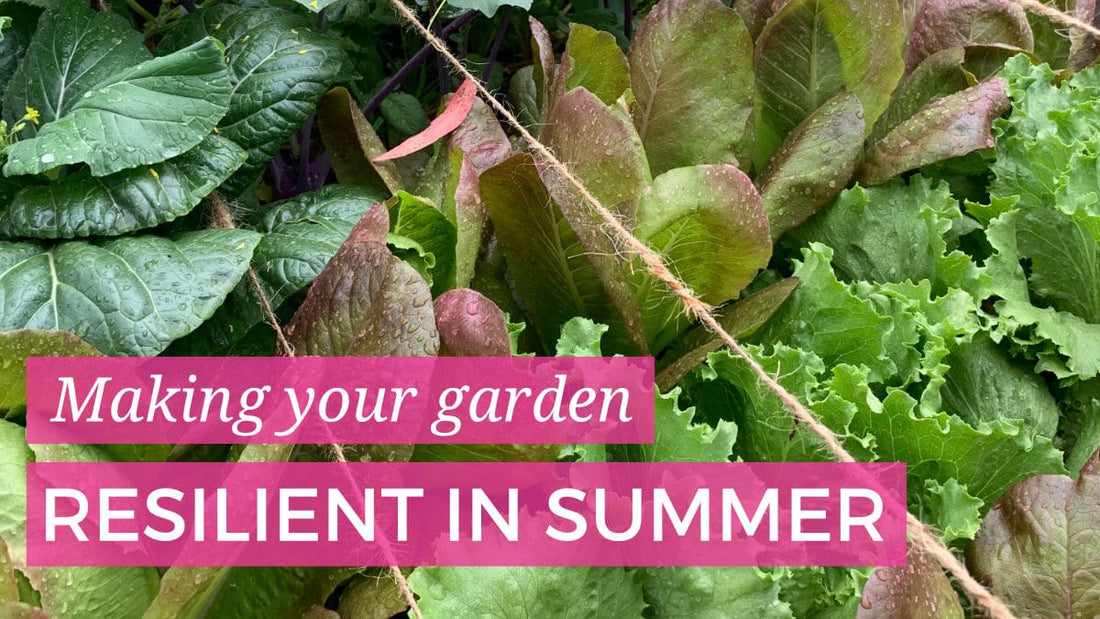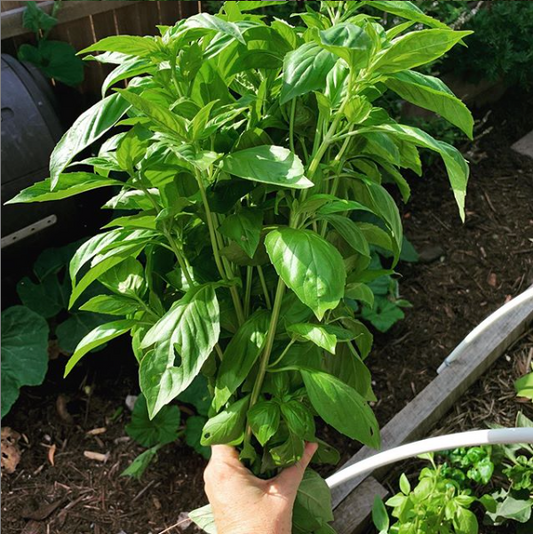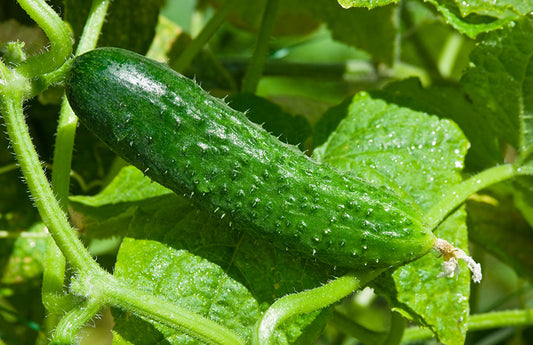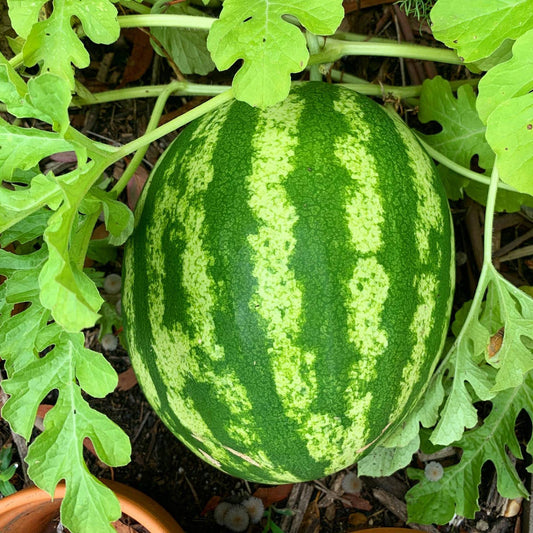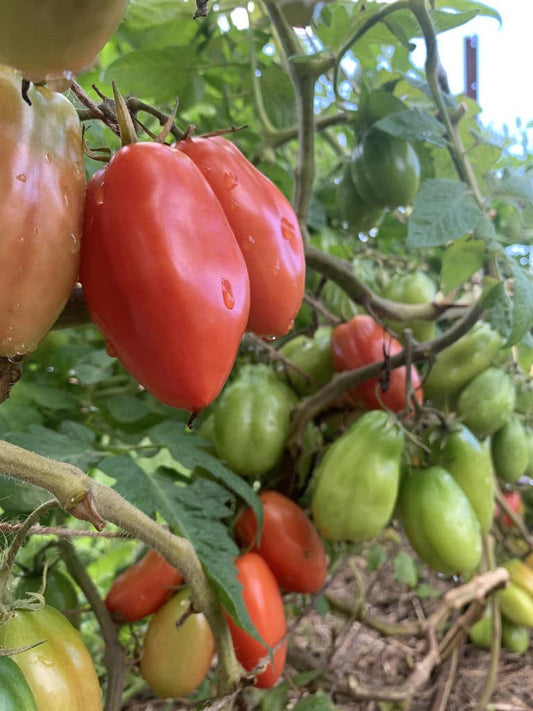Nothing looks sadder than a vegetable garden in the middle of the day wilting a because it's too hot and plants are struggling to stay hydrated.
I get this question a fair bit so I thought I would write up some tips on how to make your plants more resilient on those hot days. Here are my tips for summer veggie patch resilience.
Water deeply
Pack away the sprinkler. To push you plants to dig deeper for water, it’s always a good idea to water deeply. By surface watering you’re encouraging your plant roots to stay on the surface, and on hot days the moisture on that top layer can evaporate quickly and make your plants suffer. Deep watering directly on the soil, allows your plants to always have access to moisture when they really need it. You can do this by either drip irrigation or by hand, but the idea is to give them more water just less often (depending on the temperature of course).
Mulch
Mulching probably goes without saying as it protects the soil from evaporation loss. I’ve found living mulches far more effective than carbon mulches for water retention, but it’s also another plant you need to keep alive during those times when water might be scarce so that’s something to keep in mind. For carbon mulches, our go to is sugar cane mulch, because it’s readily available here in South East Queensland. It also breaks down fairly quickly which feeds the soil but there are loads of options so check what is readily available in your area. We’re still experimenting with living mulches, but currently we use a mix of things like sweet alice (great for beneficials), Warrigal greens and Brazilian spinach.
Provide Shade
If you live in Australia in a warm climate the amount of sunlight your garden needs in summer is surprisingly not as much as you think. We have found the optimal situation is to provide a couple of hours of direct sunshine (2-3) until lunch and dappled sun for the rest of the day. We do this by creating trellises strategically positioned at angles or even popping up some shade cloth in the depths of summer. We currently have cucumbers climbing diagonally over our lettuce bed, which has helped them survive those super hot days.

Plant a little denser
Filling in the gaps is a great way to not only maximise space and yield but it also helps with evaporation. You'll need to compensate with extra boosts to your soil as things grow as well as more water (which is relative to if you had it spread out anyway). This strategy won't work for all things, things that need more sun (root and fruits primarily) or don't handle competition but it works brilliantly for lettuce and asian greens.

Setup wicking beds
If you’re needing to save water but still want an abundant supply of veggies from your garden, then a wicking bed is a great solution. We have created one using an IBC and have also retrofitted some existing garden beds that were having issues with tree root invasions. This has not only saved us loads in water but the plants don't suffer during the peak of heat in the day. Often we only have to fill the reservoir once every 1-2 weeks depending on the temperature and amount of veggies we have growing so it's also very hands off (and perfect if you do just want to hit the beach).

Aquaponics or Hydroponics
Due to evaporation which is higher when it’s hot or windy, we probably use similar amounts of water as a wicking bed in our aquaponics but for 4 times the growing space, so it’s highly efficient on the water front. Plus we get fish and crayfish to eat as well. Some things grow well, some things not so well. We mostly stick to leafy greens which are definitely harder to grow over the summer months. For our hydroponics, we only have a small system of 2 auto pots with capsicums growing - It's now the end of October and I last half filled the reservoir (around 15 litres) in May. If these plants were in the garden that could easily have been 1 weeks worth of water, yet it has lasted 5 months. The plants are thriving and are loaded with fruit.
I hope that helps you survive the summer, here's hoping it's a little less dry than last year. If you've got any summer saving tips, leave a comments below.

